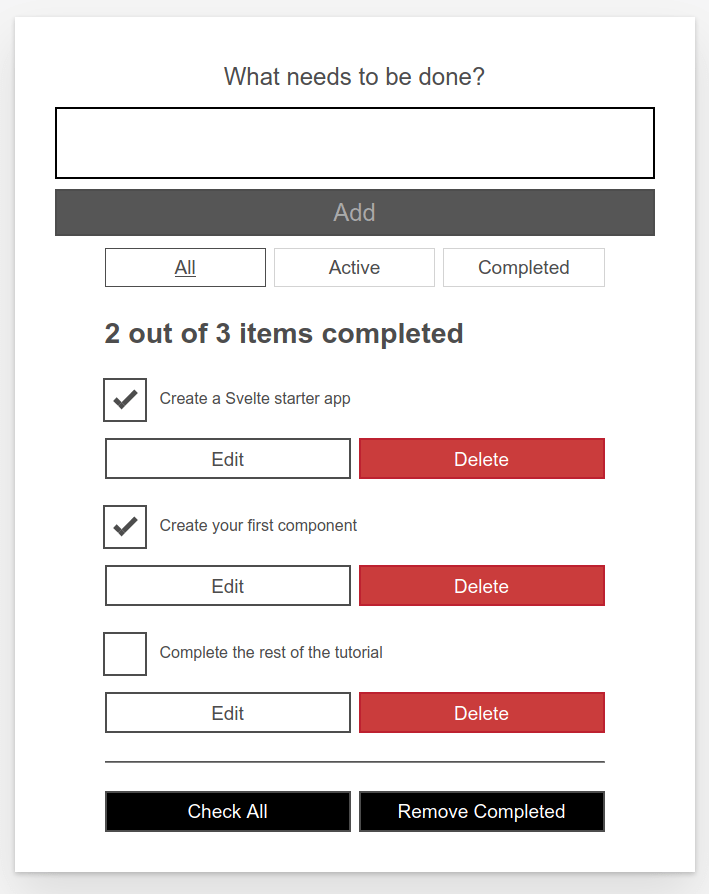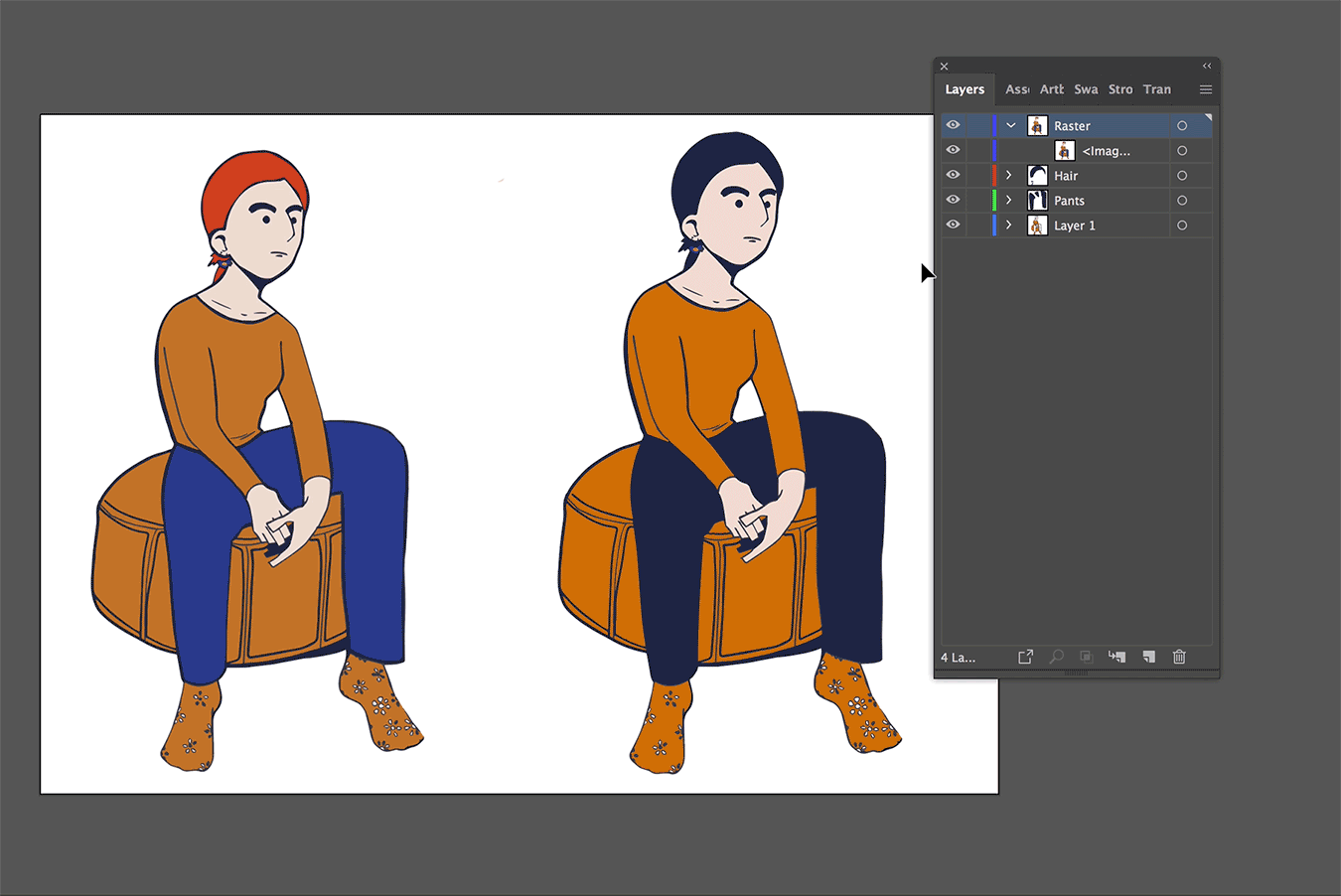


- #How to build a vector graphics app in javascript install#
- #How to build a vector graphics app in javascript full#
This is my personal favorite method, and we’ll spend most of the rest of the article covering it in depth.

There are also some other Vue-specific options for getting SVG into your app covered in this StackOverflow post, but in my experience, vue-svg-loader is the best of the bunch for most use cases. After installing vue-svg-loader, we can do this: Hello, world! import LogoSVG from './logo.svg' Īs mentioned, there’s some installation and setup required to go this route, so be sure to check the vue-svg-loader documentation, but it’s easy to use once you get it running.Īs a bonus, the SVG file is placed directly into the DOM where it’s used, so you can target specific pieces of it with JavaScript and/or CSS for the sake of animations and styling. If you do have that freedom, however, vue-svg-loader enables you to import SVG files and use them just like Vue components, which is both simple and convenient. Depending on the project, you may not even be in control of those options. It’s not much work, but not all projects are keen on adding dependencies or additional configs.
#How to build a vector graphics app in javascript install#
The only real drawback of vue-svg-loader is that to use it, you need to run an npm install and edit your webpack config (see the directions here).
#How to build a vector graphics app in javascript full#
Click here to see the full demo with network requests

There are plenty of Vue-specific methods for working with SVG files. Let’s move into some slightly more exciting territory. So, while you’re not getting anything new or flashy with this approach, it’s also straightforward. Suffice to say, if it works in HTML, it will work in Vue. By using an tag that links to an external SVG file with the src attributeĮach method has its tradeoffs, but they’re the two methods users are most familiar with, so I won’t dwell too much on these here.At the end of the day, Vue uses dynamic HTML templating, meaning the most straightforward way to use SVG with Vue is exactly how you might do it with standard HTML: There are several ways to load an SVG file to the page by default in the browser, and any of them will work with Vue. The vast majority of use cases are covered in the three approaches below. While there are technically more than three ways to go about the task (HTML by default has several, and that’s before we’ve even added Vue to the mix), I always find myself gravitating to one of the following three methods to mastering SVG. While the examples in this post will all be shown with Vue, the general idea should work with any component-based framework. I’ve been working with Vue and SVG for the last few years, and I’ve developed (pun intended) a few tricks and recommendations I’d like to share. From the simple question of how best to load SVG files into your templates, to handling animations and accessibility, there are plenty of pitfalls to avoid. With SVG, we can have dynamic images that scale to any size, often for a fraction of the bandwidth of traditional raster image formats such as JPEG and PNG.īut SVG can be trickier to use well, especially in modern JavaScript frameworks like Vue.js. Scalable Vector Graphics (SVG) is one of the most useful and versatile tools at a frontend developer’s disposal. He's also the creator of Quina, a strategic logical word game app, and co-creator of Thomas, a small child. Josh Collinsworth Follow Josh Collinsworth is a senior frontend developer at Shopify.


 0 kommentar(er)
0 kommentar(er)
